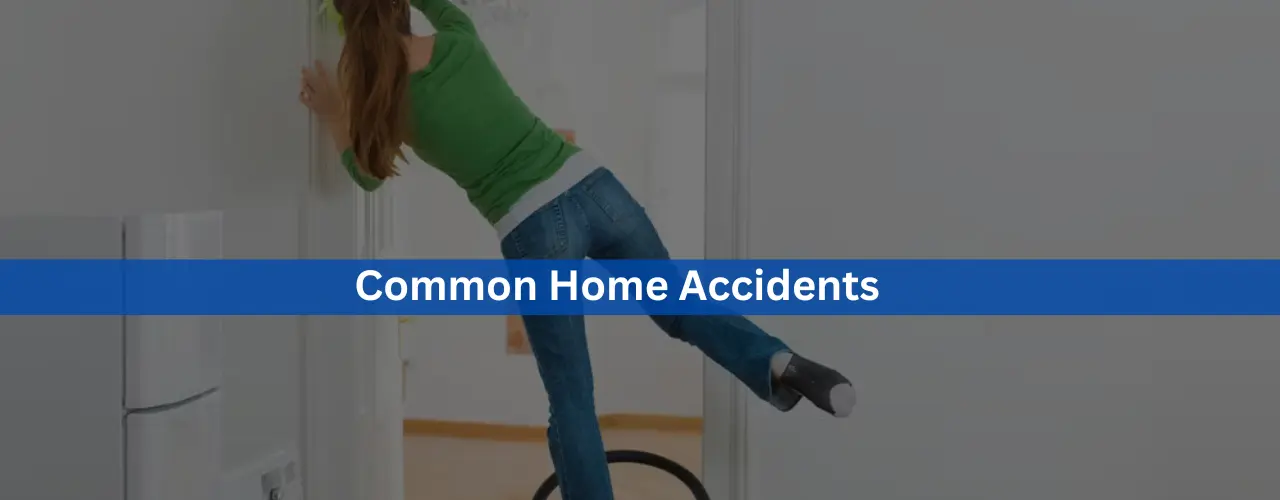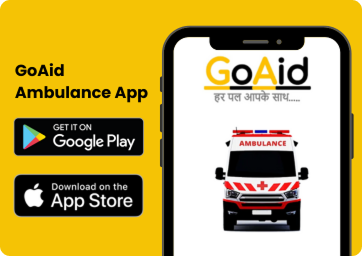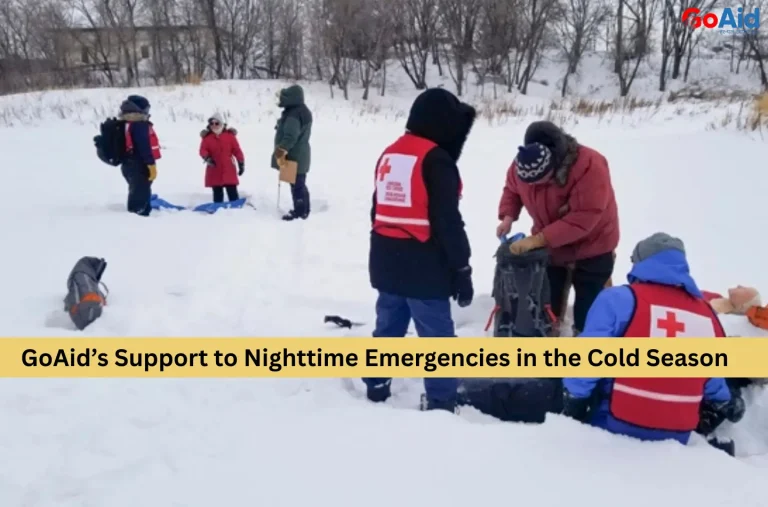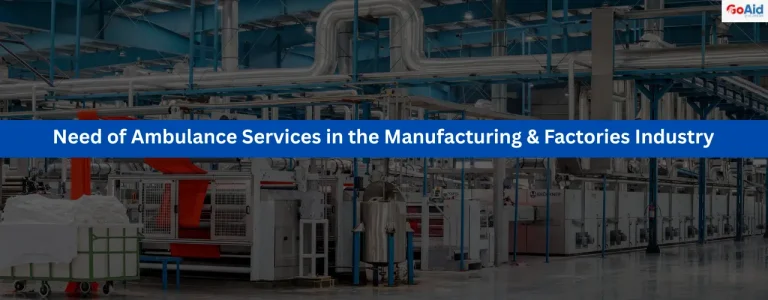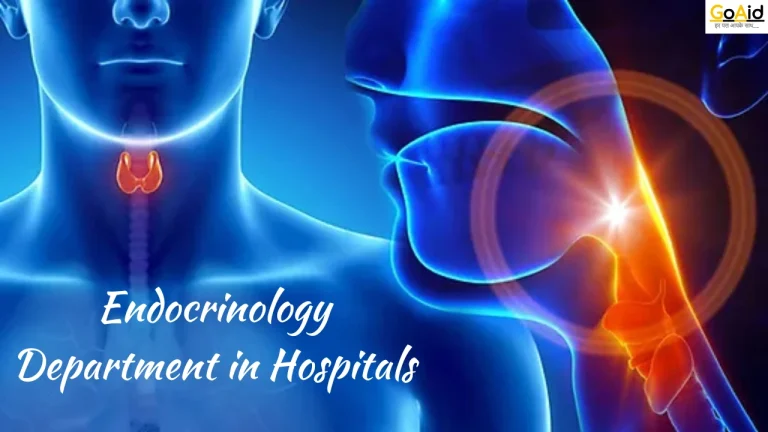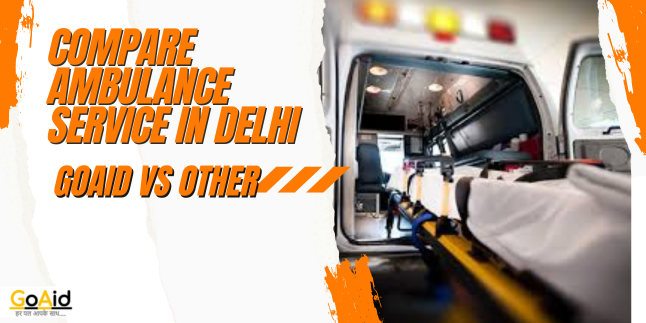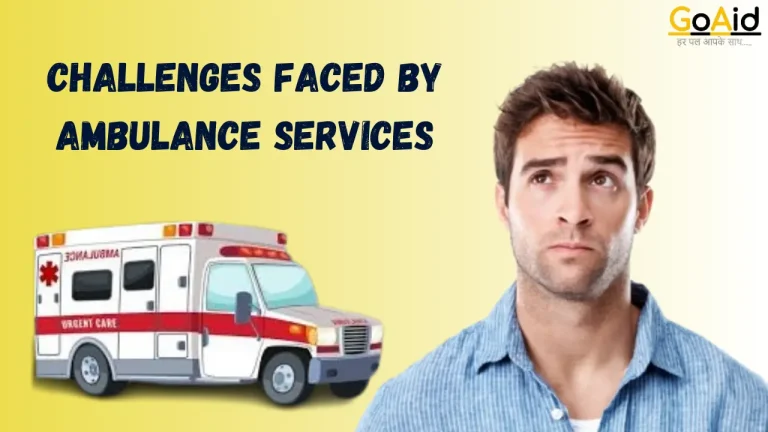Nowadays, home accidents are a significant concern for families. Sometimes, these small accidents lead to serious injuries, which require immediate medical attention. So, everyone should know how to respond during a medical emergency.┬Ā
In this blog, we provide information about common home accidents, their different categories, and how to prepare for minor home accidents. Are you interested in knowing about it? If your answer is yes, then you donŌĆÖt need to wait any longer.┬Ā
LetŌĆÖs start reading
What are Common Home Accidents / Domestic Accidents?
Common home accidents, also known as domestic accidents, occur frequently within the home due to the presence of hazardous conditions or unsafe practices. These accidents can range from minor injuries to more severe medical emergencies that require immediate medical attention.┬Ā
Some of the common causes include slips, trips, falls, burns, and cuts. Promptly recognizing these accidents and seeking proper medical help, like calling an ambulance service such as GoAid, is critical in minimizing long-term effects or even saving lives.
Different Categories of Common Home Accidents
Common home accidents can be classified into various categories based on the severity and type of injury. Below are the main categories:
Slips and Falls
Slips, trips, and falls are one of the most common domestic accidents. They occur mostly due to wet floors, uneven surfaces, or poor lighting. These accidents can lead to fractures, sprains, or even head injuries, requiring emergency medical care.
Burns and Scalds
Burns and scalds from hot liquids, fire, or electrical appliances are common in homes. Severe burns may require immediate medical attention, and ambulance services like GoAid can provide the necessary equipment and support during transport to the hospital.
Cuts and Lacerations
Cuts from sharp objects like knives or broken glass can result in bleeding and require prompt medical intervention. Depending on the injury, an ambulance with proper medical care is essential to prevent infections and control bleeding.
Choking and Breathing Difficulties
Choking accidents, especially in children, can be life-threatening. Inhalation of toxic fumes or an allergic reaction causing breathing difficulties also requires immediate medical attention, making an ambulance service critical for a fast response.
Electrocution
Electric shocks can cause severe internal injuries or even cardiac arrest. Immediate medical intervention is required to address the effects of electrocution, and ambulances with advanced life support systems can help stabilize the patient.
Poisoning
Poisoning from household chemicals, drugs, or food can cause significant harm. Calling an ambulance immediately can help ensure that the person receives the necessary medical care to neutralize toxins and prevent further damage.
Top 10 Medical Emergencies at Home
Certain medical emergencies can arise unexpectedly in the home, requiring quick action. Here are the top 10 emergencies:
- Heart Attack: Symptoms like chest pain, shortness of breath, or dizziness require immediate attention. Ambulances equipped with advanced life support are essential for timely care.
- Stroke: Sudden weakness, speech difficulties, or facial drooping can indicate a stroke. Immediate ambulance service is needed to administer clot-busting treatments within the golden hours.
- Severe Bleeding: Excessive bleeding from cuts or wounds needs urgent medical attention. An ambulance with paramedics ensures bleeding is controlled during transportation.
- Severe Burns: Burns that cover a large area of the body require immediate medical care. Ambulances equipped with burn kits are necessary for safe transport.
- Severe Allergic Reaction: A life-threatening allergic reaction may cause difficulty breathing. Immediate access to an ambulance ensures the patient receives medication like epinephrine for stabilizing their condition.
- Severe Head Injury: A head injury, especially with loss of consciousness, requires immediate medical attention. Ambulances can provide necessary monitoring and stabilize the patient en route to the hospital.
- Choking: If someone is choking, it can cause asphyxiation. An ambulance can assist with oxygen support and airway management during transportation to the hospital.
- Severe Abdominal Pain: Intense abdominal pain could indicate a medical emergency such as appendicitis or organ rupture. Quick transport in an ambulance helps facilitate prompt treatment.
- Seizures: Seizures are often sudden and can require emergency medical care. An ambulance can ensure the patient receives proper care, including monitoring their vitals.
- Fainting and Unconsciousness: Fainting or prolonged unconsciousness requires urgent evaluation. An ambulance can provide the necessary medical care and stabilize the person for transport.
How to Get a Domestic Accident Kit?
A domestic accident kit can help manage minor injuries and prevent escalation. HereŌĆÖs how to obtain one:
Purchase from Pharmacies: Many local pharmacies offer pre-packed domestic accident kits with essential first-aid supplies to manage cuts, burns, and other injuries.
Online Stores: Many online retailers provide customizable accident kits. You can order one that fits your homeŌĆÖs specific needs based on available space or family size.
DIY Kit: You can create your domestic accident kit by purchasing supplies like bandages, antiseptics, gloves, and burn gels from a pharmacy.
Emergency Medical Service Providers: Some ambulance service providers, like GoAid, may offer accident kits or first-aid packs along with their services for home use.
Check Expiry Dates Regularly: Ensure that the items in your kit are within their expiration dates and are regularly replenished to maintain effectiveness.
Consider Special Needs: For families with children, elderly members, or those with special medical needs, tailor the accident kit to meet these requirements, adding items like pediatric supplies or extra medications.
How Do You Prepare for Minor Accidents at Home?
Preparation can make all the difference when a minor accident occurs at home. HereŌĆÖs how to be ready:
- Have a First-Aid Kit Available: Keep a well-stocked first-aid kit accessible in key areas like the kitchen or bathroom to treat minor injuries quickly.
- Learn Basic First-Aid: Familiarize yourself with basic first-aid procedures for cuts, burns, and sprains. Knowing how to act before professional help arrives is essential.
- Child-Proof Your Home: Ensure that hazardous items are out of childrenŌĆÖs reach and that sharp objects or chemicals are stored safely to avoid accidental injury.
- Know Emergency Numbers: Always have the local ambulance service number, such as GoAid, saved and ready for a quick response in case of an emergency.
- Keep Fire Extinguishers Handy: In case of small fires, having a fire extinguisher nearby can help you control the situation before the fire department arrives.
- Create an Emergency Plan: Having a well-thought-out emergency plan for different accidents ensures everyone in the household knows how to respond quickly and efficiently.
Best Ambulance Type for Minor Injuries at Home
For minor injuries at home, a Basic Life Support (BLS) Ambulance is typically the best choice. ItŌĆÖs designed to handle less critical cases like cuts, sprains, and bruises. GoAidŌĆÖs BLS ambulances come equipped with necessary first-aid supplies and a trained paramedic to stabilize patients before reaching the hospital.
This type of ambulance provides an excellent solution for minor medical emergencies, offering a safe and quick response without the need for advanced equipment.
Read More: Difference between BLS Ambulance and ALS Ambulance
Best Ambulance Service Provider for Common Home Accidents
When a home accident occurs, choosing the right ambulance service is critical. Here are the key features of GoAid:
- Quick Response Time: GoAidŌĆÖs 10-minute response time ensures that your ambulance arrives swiftly, even in emergencies like minor injuries or sudden health issues.
- Affordable Services: GoAid offers government-approved, affordable ambulance services, making it accessible for a wide range of households.
- Diverse Fleet: GoAidŌĆÖs fleet includes a variety of ambulances such as BLS, ALS, and others tailored to handle different medical emergencies.
- Experienced Paramedics: GoAidŌĆÖs professional and experienced paramedics are equipped to handle both minor and major home accidents efficiently.
- 24/7 Availability: GoAid provides round-the-clock services, ensuring that no matter when an accident occurs, assistance is available.
- National Coverage: GoAid operates across multiple cities in India, offering reliable ambulance services to homes in urban and rural areas alike.
Book Ambulance: GoAid Ambulance Service
Conclusion to Common Home Accidents
Accidents can happen anywhere, but at home, they are often unpredictable. Preparing for minor injuries, knowing when to call for help, and having a reliable ambulance service like GoAid can make a huge difference in minimizing harm and ensuring quick recovery. Whether itŌĆÖs a slip, fall, or burn, always act fast and reach out to professionals for the best care during a medical emergency at home.
FAQs related to Common Home Accidents
Question 1: What should I do in case of a minor burn at home?
Answer: For a minor burn, cool the area with running cold water and apply a burn ointment. Seek professional help if the burn worsens or if the pain persists.
Question 2: How do I handle minor cuts at home?
Answer: Clean the cut with water, apply antiseptic, and cover it with a sterile bandage. If bleeding continues, seek medical attention.
Question 3: When should I call an ambulance for a home accident?
Answer: Call an ambulance if the injury is severe, involves a head injury, or if the person has difficulty breathing, persistent bleeding, or signs of shock.
Question 4: What is a BLS ambulance used for?
Answer: A BLS ambulance is ideal for non-life-threatening emergencies, providing basic medical support during transport, such as for minor injuries or medical conditions.
Question 5: How can GoAid Ambulance help during home accidents?
Answer: GoAid offers fast response times, professional paramedics, and various ambulance types, ensuring prompt care for common home accidents and medical emergencies.
Question 6: What should be included in a home first-aid kit?
Answer: Your kit should include bandages, antiseptic, gauze, gloves, scissors, tweezers, and items like burn gels or pain relievers to address common injuries.
Question 7: Can GoAid handle poisoning emergencies?
Answer: Yes, GoAid ambulances are equipped to handle poisoning cases and provide necessary first-aid support while transporting the patient to a medical facility.
Question 8: Is GoAid available for emergency medical services at night?
Answer: Yes, GoAid provides 24/7 ambulance services, ensuring timely assistance during any medical emergency, day or night.
Question 9: How can I book a GoAid ambulance for a home accident?
Answer: You can easily book a GoAid ambulance through their mobile app or by calling their dedicated emergency line at 8008280020.
Question 10: What types of ambulance services does GoAid offer?
Answer: GoAid offers a range of ambulances, including Normal, BLS, ALS, ICU Ventilator, and more, depending on the nature of the medical emergency.

